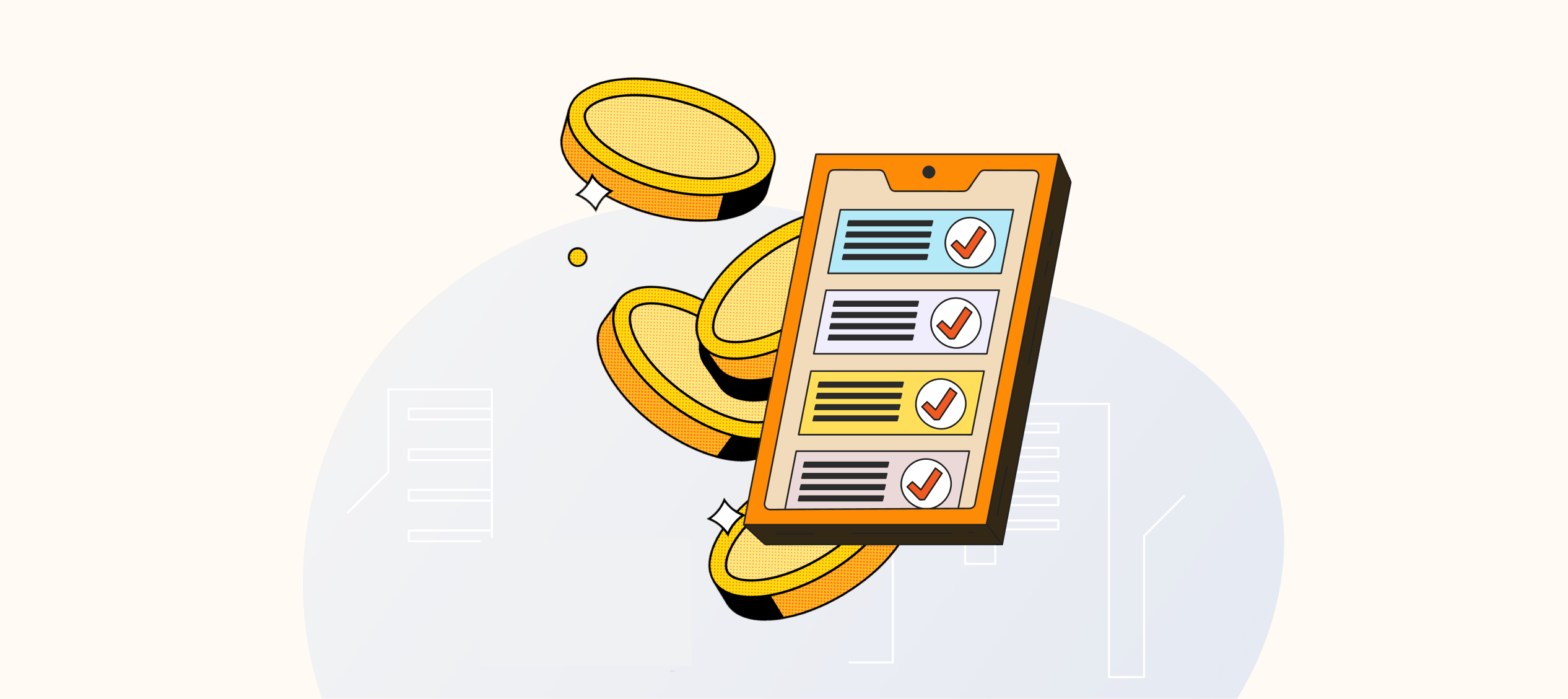Short-term and long-term goals might sound straightforward, but in reality, the lines often blur. That’s where the big question comes in: How to balance short-term needs and long-term financial goals?
Should you pay off debt first? Should you prioritize an emergency fund? Or should you start putting money aside for retirement? The answer isn’t always simple, but with a clear strategy, you can balance today’s needs without sacrificing tomorrow’s ambitions.
Short-Term Financial Goals
Short-term goals are the things you’ll likely spend on within months or a few years. They’re beyond basic necessities like food and rent, but they feel close and urgent. Examples include:
- Building an emergency fund
- Paying down credit card or personal loan debt
- Buying personal goods (e.g., a laptop or phone)
- Funding a wedding or major event
- Traveling or visiting family
- Handling home repairs or small improvements
Emergency Fund Comes First
If you don’t already have an emergency fund, this should be your top short-term priority. Life is unpredictable. Medical bills, job loss, car repairs, or sudden family emergencies can drain your finances overnight. Start small by saving a portion of your income consistently. Over time, aim to grow this cushion to cover three to six months of living expenses.
Tackling Debt
High-interest debt, especially from credit cards, can quickly spiral. Two effective repayment methods are:
Debt Snowball: Start by clearing your smallest debt first. Once you finish that, you move on to the next. The quick wins give you motivation and momentum.
Debt Avalanche: Here, you target the debt with the highest interest rate first. Credit card, loan shark (informal lender), or a high-interest digital loan. This method saves you the most money in the long run.
The choice depends on your personality: do you stay motivated by quick wins (snowball), or are you more disciplined about saving the most money (avalanche)?
Saving for Events and Purchases
Big expenses like a wedding, vacation, or home project can feel overwhelming. Break them down into monthly savings goals and stay consistent. This approach makes even large expenses manageable without derailing your finances.
Long-Term Financial Goals
Long-term financial goals stretch years, even decades. These are your big-picture aspirations, requiring patience, discipline, and larger sums of money. Examples include:
- Building a retirement fund
- Paying off a mortgage
- Starting a business
- Saving for a child’s education
- Creating generational wealth
Retirement First
When deciding how to balance short-term needs and long-term financial goals, retirement should always rank high. Unlike education or business ventures, where loans and grants may exist, there are no loans for retirement.
In Africa, where access to retirement products like the U.S. 401(k) is nonexistent, you’ll need to be intentional. Options include:
- Contributing to government pension schemes (e.g., Nigeria’s Pension Fund, South Africa’s Provident Fund).
- Opening a personal retirement savings account.
- Using trusted digital platforms like Accrue, which allow you to save in dollars and earn up to 7% interest per year, helping your money grow faster while hedging against currency fluctuations.
The earlier and more consistently you save, the bigger your retirement fund will grow. Time is your biggest advantage.
Other Long-Term Strategies
- Paying Extra on Your Mortgage: Even small additional payments can cut years off your repayment timeline and save thousands in interest.
- Funding Entrepreneurship: If building a business is your dream, start researching funding early and save specifically for business investments.
- Education Planning: If you want to support your child’s education, open a separate savings or investment account to avoid dipping into retirement or emergency funds.
How to Prioritize
Balancing short- and long-term goals is all about strategy and order. Here’s a practical roadmap:
- Cover your essentials: food, housing, health.
- Build your emergency fund.
- Contribute consistently to retirement savings.
- Pay down high-interest debt.
- Save for lifestyle and personal goals.
By following this order, you ensure that both today’s security and tomorrow’s freedom are taken care of.

Budgeting for Your Goals
Start with your after-tax income to determine what you can afford to save and spend. Then:
- Assign a realistic timeline to each goal.
- Automate contributions to remove the temptation of skipping.
- Cut back on unnecessary spending and redirect that money into savings or investments.
Consistency is more important than the amount—small, steady contributions compound into life-changing progress over time.
Where to Save
- Short-Term Goals & Emergency Funds: Keep these in liquid, easily accessible accounts. Platforms like Accrue are excellent for this, allowing you to save in dollars while earning competitive interest rates of up to 7% annually.
- Long-Term Goals: Use high-yield accounts, certificates of deposit, or investment accounts for money you won’t need for at least five years. The longer the horizon, the more you can lean on investments to grow your wealth.
Conclusion
The question of how to balance short-term needs and long-term financial goals doesn’t have a one-size-fits-all answer. The right approach depends on your lifestyle, income, responsibilities, and ambitions. What matters most is having a plan: building a safety net, staying consistent with retirement contributions, tackling debt, and aligning your spending with your values.
With discipline, patience, and the right tools, you’ll be able to live well today while building financial freedom for the future.
MORE FROM ACCRUE
How To Balance Side Hustles And Full-time Remote Work
How to Plan for Financial Freedom by 30
How to Save When You’re Sending Money Home Every Month

I’ve lived many lives, but one lesson ties them all together: money is only as powerful as its utility. Through my work, I share stories about money and create guides for Africans who want to get the best out of theirs.
